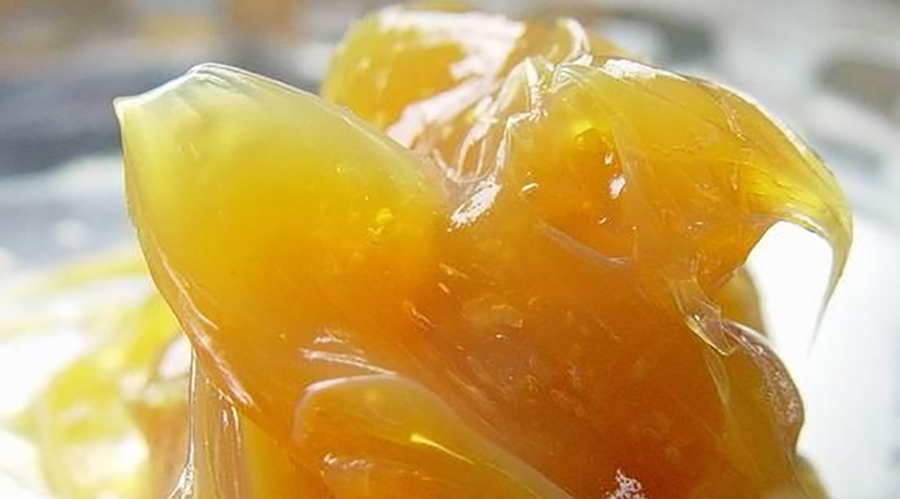Grease Production Shifts in Asia
COEUR D’ALENE, Idaho – Grease production in China remained steady in 2017 while Japan’s output grew and India shifted toward higher quality, according to the National Lubricating Grease Institute’s yearly survey, which was presented here during the organization’s annual meeting earlier this week.
Essentially unchanged from 2016, the 80 Chinese grease plants that participated in the survey produced about 900 million pounds of grease last year, or nearly 35 percent of the global total. Together, North America and Europe barely churned out more, at 960 million pounds.
However, China’s output has been declining steadily since its 2010 peak of over 1 billion pounds. Although production rebounded in 2013, it resumed its downward slide the very next year, said Chuck Coe of independent research and consulting firm Grease Technology Solutions, which conducted the survey.
He pointed to the country’s “Made in China 2025” initiative, which seeks to shift domestic industry up the value chain and increase consumption of domestic products. With upgraded industrial equipment demanding higher quality greases, smaller, less sophisticated grease plants have been closing the past few years, said Coe. “It’s forcing an improvement in quality, and the little guys can’t keep up,” he told Lube Report on the sidelines of the conference.
Japan increased its production by 2.2 percent from 2016 to 2017, with volumes there steadily increasing since 2014. The country produced 183 million pounds of grease, or 7 percent of the world’s total.
Japan continued to lead production of polyurea grease, which has been growing steadily worldwide. The country’s output exceeded 50 million pounds in 2017. North America followed with more than 30 million pounds, and the European Union made just under that amount.
It’s important to note that year-to-year comparisons of data should be avoided, said Coe, because the pool of reporting companies can shift. For example, India’s production appeared to decline by 18 percent, but this was due to four previously reporting companies not participating in the 2017 survey. Comparative data for consistently reporting companies in the country show a production increase of 106 million pounds.
The popularity of lithium soap thickeners in India has been steadily dropping from 82 percent of greases produced there in 2014 to 75 percent in 2017. Lithium complex soap has seen the most notable increase. Despite dramatic increases in lithium prices in recent years, Coe believes that the shift is “a reflection not of shortage or cost, but that India is moving to higher quality.”
Southeast Asia and Pacific countries have seen slow but steady growth in grease production over the past seven years, reaching approximately 175 million pounds of production in 2017.
Reported global production has remained relatively stable since 2010, reaching just above 2.5 billion pounds in 2017, a 0.4 percent decrease from the previous year’s report. However, comparative production among consistently reporting companies is up 4.4 percent.
In total, 236 companies provided information for the survey, most of which have participated each year. While 11 companies operating 12 facilities dropped out, five new companies chose to provide their data, giving a robust picture of global grease volumes. Companies voluntarily provide their data directly to GTS, which maintains confidentiality. No one outside of the research firm sees individual company data.
The full 30-page report of 2017 grease production includes prior-year data going back to 2014, and will be available to download by the end of June at www.nlgi.org. NLGI member companies can obtain a free copy, and nonmembers may purchase the report, which contains data categorized by geographic region, thickener type, base oil type and year.

